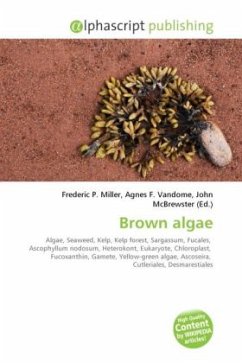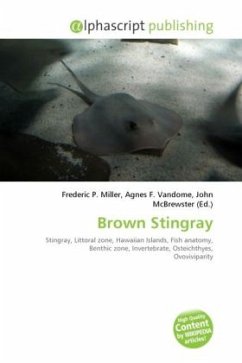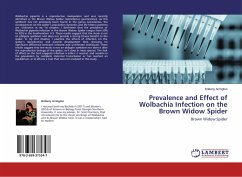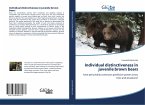The Phaeophyceae or brown algae, is a large group of mostly marine multicellular algae, including many seaweeds of colder Northern Hemisphere waters. They play an important role in marine environments both as food, and for the habitats they form. For instance Macrocystis, a member of the Laminariales or kelps, may reach 60 m in length, and forms prominent underwater forests. Another example is Sargassum, which creates unique habitats in the tropical waters of the Sargasso Sea. Many brown algae such as members of the order Fucales are commonly found along rocky seashores. Some members of the class are used as food for humans. Worldwide there are about 1500-2000 species of brown algae. Some species are of sufficient commercial importance, such as Ascophyllum nodosum, that they have become subjects of extensive research in their own right. Brown algae belong to a very large group, the Heterokontophyta, a eukaryotic group of organisms distinguished most prominently by having chloroplasts surrounded by four membranes, suggesting an origin from a symbiotic relationship between a basal eukaryote and another eukaryotic organism.
Bitte wählen Sie Ihr Anliegen aus.
Rechnungen
Retourenschein anfordern
Bestellstatus
Storno








